- Joined
- Aug 2, 2000
- Messages
- 11,455
Silver is the only way to go, nothing else will work.
Thanks for the feedback guys,
Graham, I am with you on your thoughts about the sealed beams. It was just a thought if I can't find a decent set of SEV Marchals. I know I can get some cheap non-genuine ones from Franzose etc., but they are a little suspect re the reflective quality. Franzose mention something along this line on their website.
Does anyone have a set or know where I can obtain the Valeo Marchal replicas that were available a while ago? Or the last option is to have an old set re-silvered/re-chromed. On that one, I’ve been told chroming headlight pots does not comply with ADR’s etc. Is this true?

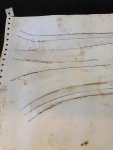
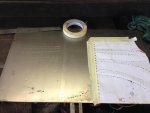
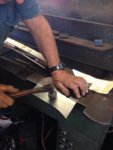
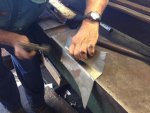
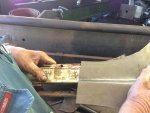


 Brendan.
Brendan.